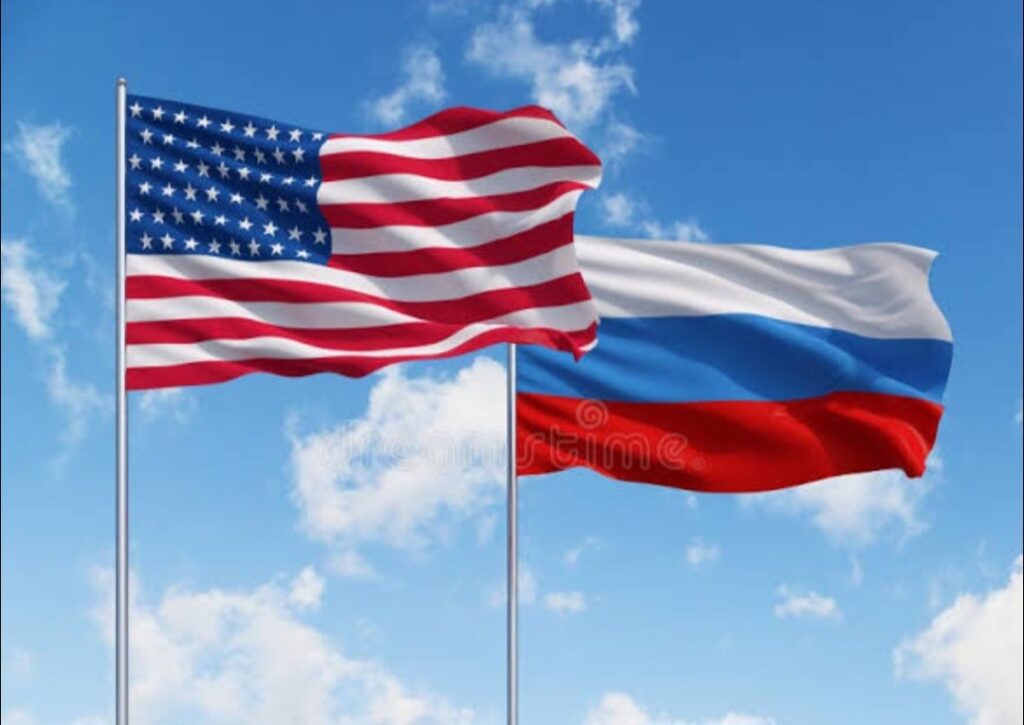By: Dr. Bawa Singh

Civilian casualties have been rising, with someone dying every 12 minutes in conflict zones on account of humanitarian crisis. Whereas on the other hand, the military expenditure is growing exponentially of the major powers. As of today, the countries engaged in conflicts, disputes, wars and on account of this background, million people are suffering a major humanitarian crisis. Since 2024 onwards, the world has been facing its gravest humanitarian crisis. An estimated 186.5 million people across 72 countries, direly needed humanitarian aid. Yet, the donors have provided only US$ 22.58 billion out of the US$ 49 billion needed i.e., leaving a shortfall to the amount of $26.42 billion resulting in vulnerabilities of food insecurity, collapsed health systems, and seriously devastated livelihoods.
The above-mentioned figures revealed stark paradoxes as the so-called major powers cannot mobilize required resources needed to avert a mass humanitarian crisis. On the one hand, millions are not able to manage their basic needs and on the other hand, military unproductive expenditure is growing exponentially. In 2024, it is reported that global military spending surged to a record US$ 2.718 trillion, which roughly comes to the amount of 2.5 percent of world GDP. The humanitarian assistance declined from US$ 37.5 billion in 2023 to US$ 33.9 billion. Major donor countries cut their aid programmes up to 40 percent even as they expanded their defense budgets to counter perceived threats. How the world is paradoxical with stark misalignment? Major economic powers arming for war instead of providing humanitarian aid to protect vulnerable people in conflict/war zones. Currently, million people have been facing humanitarian crisis resulting in deaths, displacements, refugees, lack of basic necessities like food, health, education etc.
The US and Russia are wielding outsized strategic influence over both conflict escalations and relief operations in the conflicting zones. When their bilateral tensions grow, sanctions used to choke off aid funding, airspace restrictions take place resulting in restrictions on medical and food deliveries, and resolutions are blocked for safe corridors. If a thaw takes place in the US–Russia relations, consequence would be positive resulting in unlock of frozen assets, coordinate targeted relief for life-saving goods, and establish de-confliction corridors. It used to amplify humanitarian relief in the conflicting zones.
For example, the humanitarian lifeline proved vulnerable to political shifts in early 2025. It became even more critical, when the US’s Executive Order 14169 imposed a 90-day pause on nearly all foreign assistance. In view of this, the UN warned that the suspension could cause up to 350,000 excess deaths. More than 32 million women would be deprived of reproductive health services along with 12.8 million displaced people of basic healthcare. About 10 million refugees could not avail emergency aid. This reflected how strategic disagreements directly result into life-and-death outcomes for the conflict zone entrapped people.
If Washington and Moscow can rebuild trust by defusing their bilateral and other geopolitical tensions, then the multilateral bodies would gain vital resources and political backing. For example, a shared US-Russia framework for ceasefire could empower the UN to establish safe corridors in Yemen and Ethiopia. While their joint funding commitments, could close the current US$ 26 billion aid shortfall that impacted seriously millions with malnutrition and preventable disease.
Beyond their direct assistance, cooperative US–Russia diplomacy can strengthen the Security Council’s capacity to adopt binding resolutions for humanitarian relief access. In 2016, adhoc US–Russia geopolitical understandings, had enabled the cross-border convoys into besieged Syrian territories. Today, similar collaboration is required to handle the grave humanitarian crisis. It could unlock frozen assets in billions for reconstruction, provide access of humanitarian aid in conflict-eroded health systems, drinking water, sanitation, and shelter projects across Gaza, the Sahel etc.
Ultimately, it is argued that genuine détente between Washington and Moscow is direly needed. Such cooperation would be helpful in liberating the financial, logistical, and diplomatic resources from perpetual crisis management. The liberated sources can be redirected toward accessibility of humanitarian aid. Even a considerable amount of their combined military budgets reallocated towards humanitarian aid. These two powers could reduce the current funding shortfall. It could prevent million deaths, and restore hope for better life battered by conflict. Therefore, détente is direly needed between the US and Russia, which could become an urgent humanitarian lifeline.

About the Author
Dr. Bawa Singh has been teaching in the Department of South and Central Asian Studies at the School of International Studies, Central University of Punjab, Bathinda. His research expertise includes the geopolitics of South and Central Asia, Indian foreign policy, regional cooperation, maritime security, and global health diplomacy.

